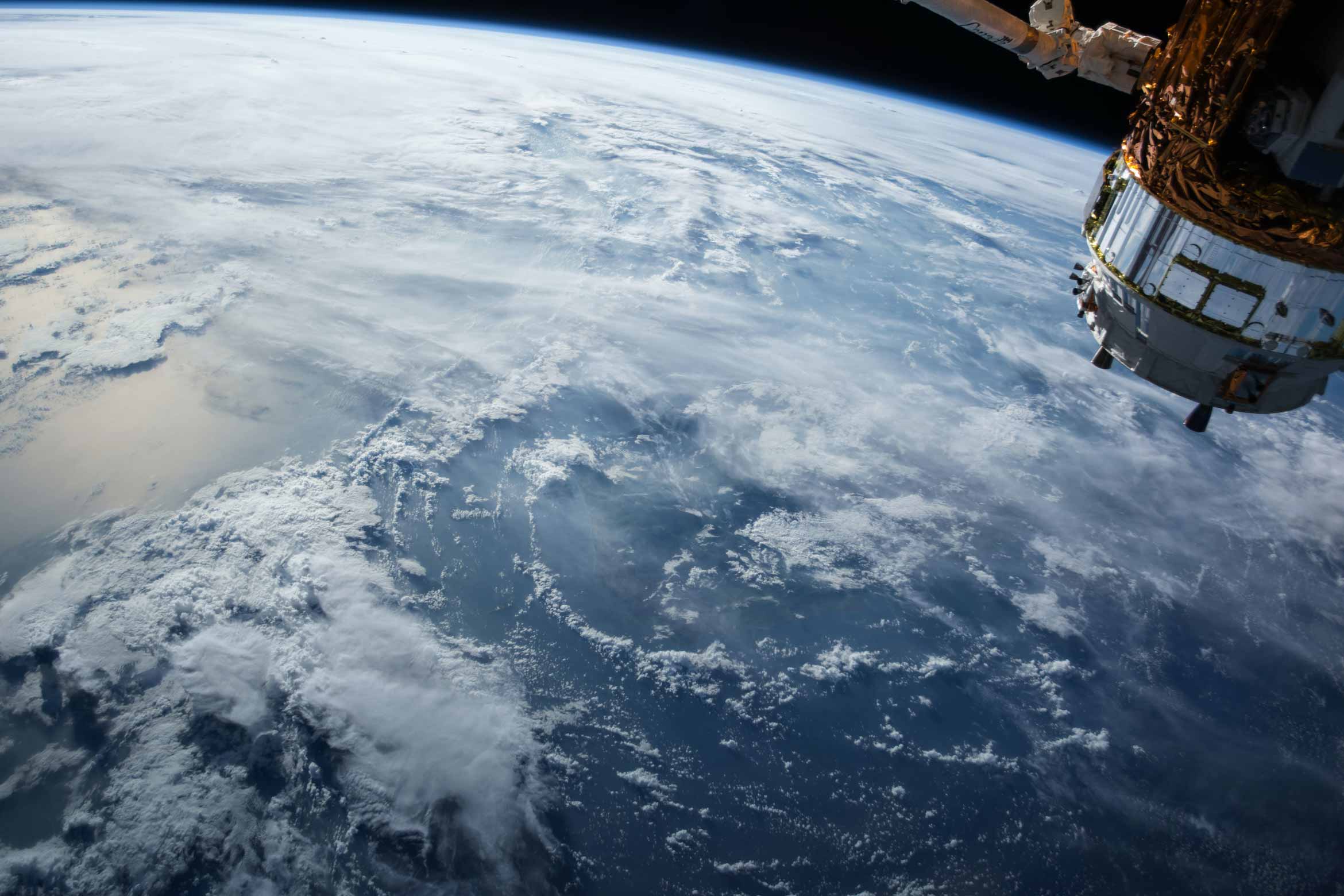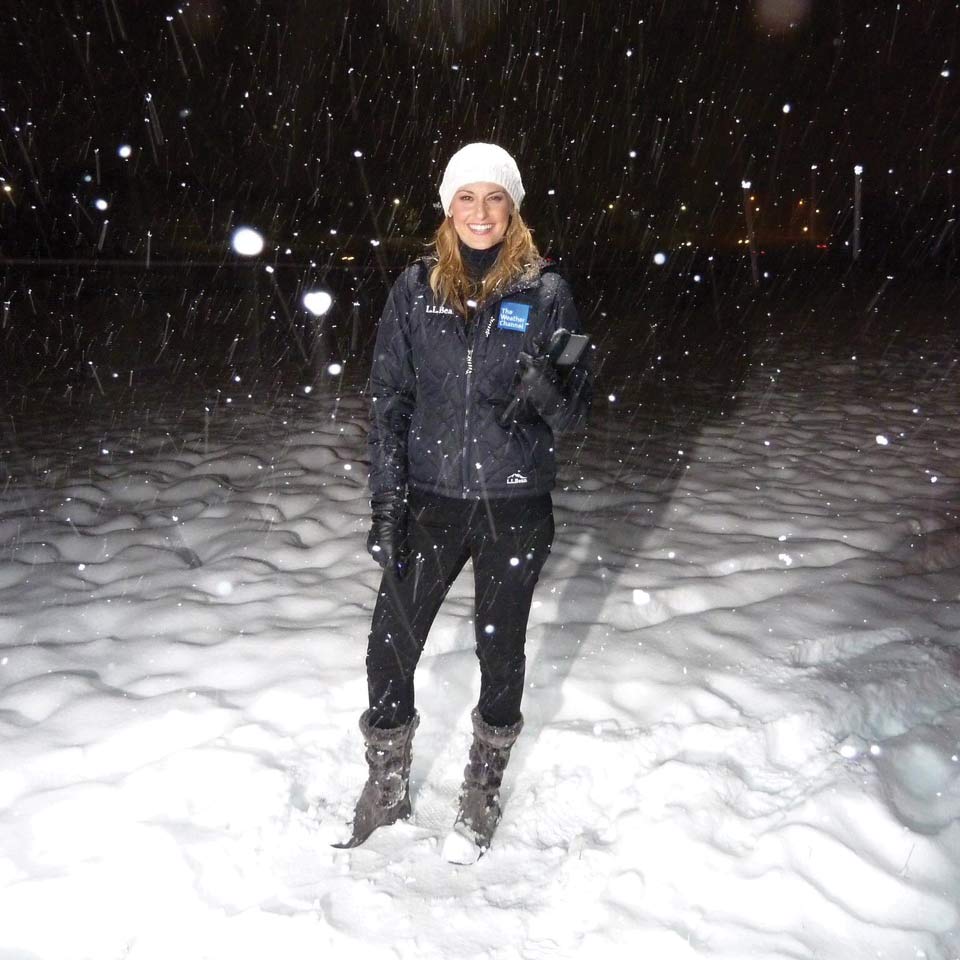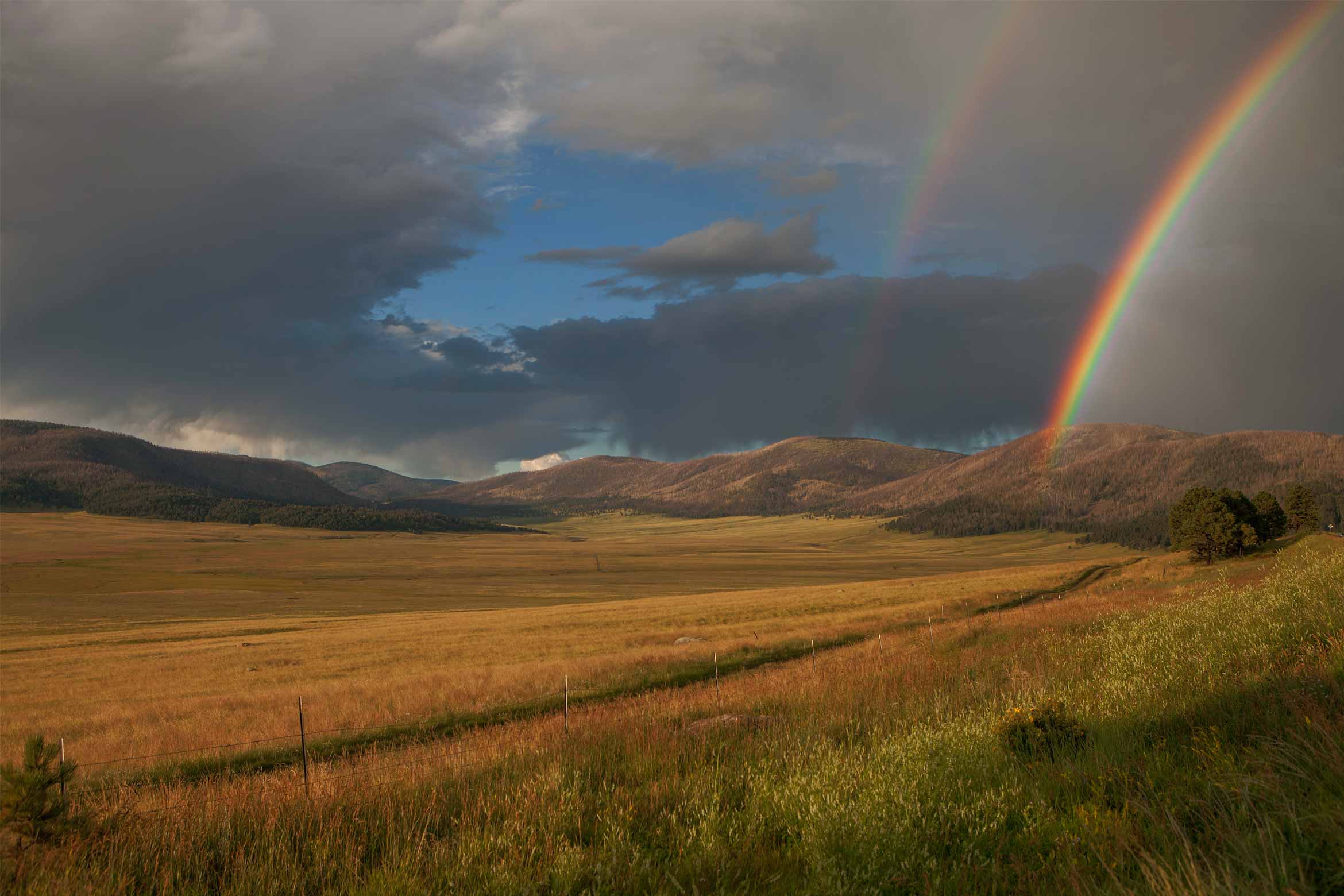A SENSE OF INTRIGUE
But is it the fact that weather affects us all — literally everybody, everywhere — that makes it so fascinating? Or is it also, perhaps, the fact that it’s completely beyond our control? As accurate and advanced as forecasting has become, there remains an unpredictability that begets intrigue and builds anticipation, like an episode-ending cliffhanger. Of course, in these days of binge-streaming, the next episode starts in seconds and as for the weather? Well, there are those 6,000-some-odd apps for that. Open, refresh, repeat.
“The tech continues to improve, with more satellites in space to help us get pictures of what’s happening, how the oceans are working, and more lead time than ever in forecasting events,

The real-time availability of weather information has us turning to our phones to check temperatures and storm warnings and maps, informing our outfits, our vacations, our party plans and photo shoots — not to mention our supply chains, our agriculture and even what teams to bet on at the sports book. Really. This is the Old Farmer’s Almanac on steroids, all the steroids.
“The tech continues to improve, with more satellites in space to help us get pictures of what’s happening, how the oceans are working, and more lead time than ever in forecasting events,” says Egger, the meteorologist and co-founder of Monarch Weather and Climate Intelligence, which provides businesses with weather and climate data to help mitigate risk. “We’re using supercomputers and AI to get all the data and answers for a forecast. As we tell the companies we work with: Weather is not just small talk; it’s big business.
“Things are so much different now,” she adds. “It’s not our grandparents’ climate anymore.
THE WET ELEPHANT ...
And, there it is. The wet elephant in the mudroom: climate. Extreme weather events — from flooding and bomb cyclones to hurricanes in California — are increasingly frequent, and climate scientists say they’re likely to just keep coming. As a result, broader conversations about climate are starting to supplant our good old-fashioned, innocuous chitchat about weather.
Does that change how we talk about it? Or who we talk about it with? Does it change how we respond to it?
“How does a recent experience of extreme weather affect beliefs in climate change and personal behaviors?” wondered Michelle (Shteyn Ph.D. ’21) Handy when she first started her UCSB graduate research in social psychology. She had moved to Santa Barbara from New Jersey in 2017, only months before the start of the Thomas Fire and subsequent devastating debris flows in Montecito.
“Going through that event made me really interested in how it was affecting people’s beliefs in climate change and how that experience was changing the way that they see the world, and I continued that line of research throughout graduate school,” she explains. “Construal level theory says that if something is far away from us, it’s fuzzy and abstract, but if it gets closer, we view it more concretely and it has implications for behavior. Applying that to climate: If there is extreme weather, does that make it more concrete, which then changes your beliefs and behaviors? “I did find a relationship there,” notes Handy, now a UX research lead with East Coast-based insurance company FM Global. Her study found correlations between weather-related web searches in areas more impacted by extreme weather and climate beliefs in those areas. “Having an experience of extreme weather does change beliefs,” Handy says, “but it doesn’t predict political support. There is a disconnect when it comes to policy.

“There are a lot of psychological reasons why weather is such a go-to topic of conversation,” she adds. “Aside from talking about climate change, it’s noncontroversial. And because weather is an external factor that happens outside of our control, we talk about it to try to understand why it’s happening, and we try to process it together to give us a feeling of more control.”
Another way we all process it together-ish? Via the media. The weather commonly leads newscasts, dominates news websites and tops the fold of newspapers. Extreme events and climate have further cemented weather’s status as a must-do story.
As a starting reporter at the San Francisco Chronicle in 1977, Jerry Roberts recalls his first beat was the weather — specifically a standing forecast feature, “the weather ear,” as it’s known, that appeared daily on the front page.
“Everything else on the front page was something that happened yesterday — but this was today’s weather,” recalls Roberts, who eventually became the Chronicle’s vice president and managing editor and spent his whole career in newspapers. “I was always a ‘Why don’t you just open your window and look outside guy,’ but oh, it would be a terrible scandal if today’s weather ear got mixed up with yesterday’s weather ear.
“At one point, I only half-jokingly suggested that we create a book of weather and disaster cliches and do weather stories like Mad Libs — just fill in the blanks,” he laughs. “But with the advent of the internet, it was like, ‘Why are we telling people about yesterday’s weather?’ When we began to be able to do the weather in real time, it became a pointless exercise. So then weather stories became about disruptions and the human interest, individual stories of people stranded or losing their homes.
“There is that communitarian impulse to follow the weather. It happens to everyone, we can all talk about it,” Roberts adds. “And it’s hard to piss anybody off with a weather story. Everybody reads them, and everybody reads the whole thing.”







